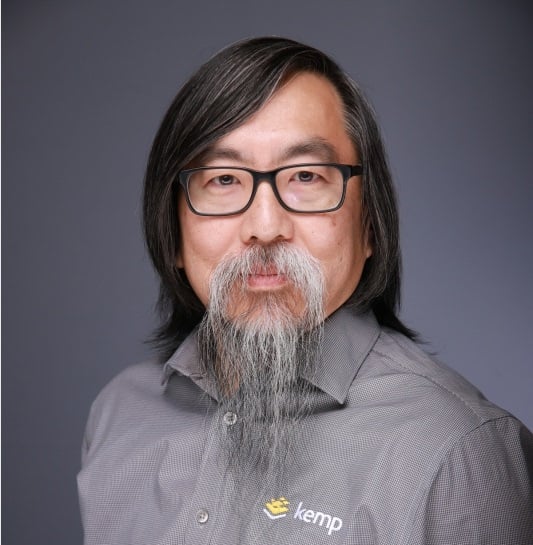infoTECH Feature
AIOps is Dead. Long live AIOps!
 By Frank Yue
By Frank Yue
The AIOps industry must evolve from these emerging point solutions to become a learning heuristic engine that treat the entire IT architecture as an ecosystem that lives, breathes, and changes over time. Today’s solutions for AIOps are far from what we envision for our orchestration and automation systems. They are vendor-specific, technology-specific products that are more artificial than intelligent.
Simplistic and narrow-minded
Without prior knowledge, the current AIOps systems have a limited ability, if any, to change their algorithms automatically, requiring human intervention. They are based on data collection, and humans defining thresholds for the datasets based on their business and application policies. The AIOps system configuration relies on static conditional models, such as ‘IF A>B and !C then DO D’. If data presents a unique situation that is not covered by these triggers, the AIOps system is unaware of the problem and cannot determine a solution.
The dynamism in many AIOps systems is the ability to baseline the dataset. The system will monitor the data collection over a period of time and determine what is ‘normal’ for the specific environment. When the data slowly changes over time, the AIOps system will adjust the baseline accordingly. This provides the ability to adjust the triggers for the thresholds as long as the triggers are based on a function of the baseline.
There is no learning of new models and minimal understanding of the interaction between different vendors and different technologies, even though all the pieces are interconnected and impact each other. If there is a surge in DNS requests for a certain website FQDN, there will be a surge in firewall activity, IPS activity, WAF inspection, application front-end connections, and back-end database queries. Are today’s AIOps systems ready to understand the correlation of all these different parts? The system also needs to know what actions are necessary to all the various systems in order to remedy any application performance problems due to this event.
Where is AIOps headed?
A vendor and technology agnostic system that can learn about the environment and how the applications perform on the network is critical. The AIOps system of the future can learn behaviors and interactions that are not pre-programmed and are not simplistic conditional thresholds. A certain amount of fuzziness and dynamism is required for an AIOps heuristic engine to develop and mature.
A child has no specific knowledge of architectural design and cannot build a functional skyscraper, but the potential is there. As long as the right inputs are provided and the child’s education directs them to learn the various mathematical, structural, and engineering concepts and skills. Over time, the person utilizes the data in more advanced ways to make more meaningful actions.
The AIOps system of the future needs to use a similar template where there are two key aspects. First, data must be collected. There is no such thing as too much data. But, along with the data, there needs to be context. We need to understand the data within the scope of the environment it came from.
Second, there needs to be a true heuristic engine that is learning and evolving as it understands the meaning of the data. The engine learns to understand more advanced and complex data interactions over time to make better decisions over time.
The next generation AIOps solutions will become the engine that maintains the stability of the overall IT ecosystem, preserving the access and availability of the applications it supports. The AIOps engine will be able to evolve as the IT architecture changes. We can expect today’s point solutions to consolidate and become true learning intelligent systems that we have been envisioning, over the next several years.
About the author: Frank Yue (News - Alert) is a technology evangelist that translates products and technologies into business needs and values. Mr. Yue looks at the evolving technology landscape and how it impacts IT architectures and organizations. He writes blogs, produces white papers, and speaks at conferences and events related to application networking technologies. Mr. Yue has over 25 years of experience building large-scale networks and working with high performance application technologies including deep packet inspection, network security, and application delivery. Mr. Yue works for Kemp Technologies (News - Alert) and has worked for technology companies in technical and strategic messaging roles. Mr. Yue is a scuba diving instructor and background actor when he is not discussing technology.
Edited by Erik Linask
infoTECH Headlines
What Is AWS EFS? Features, Use Cases, and Critical Best Practices
Cost-Effective Approaches to s1000d Conversion
A virtual crossroads for technology enthusiasts
Benefits of employee monitoring software in preventing overworking of workers
CI/CD: Trends and Predictions for 2024
Technical Documentation for IT: A Practical Guide
Managing Your Costs on AWS: A 2024 Guide
What Is Application Dependency Mapping?
Top 5 Kubernetes Errors and How to Solve Them
How Artificial Intelligence Can Improve the World of Online Gaming Platforms
Rich Tehrani




